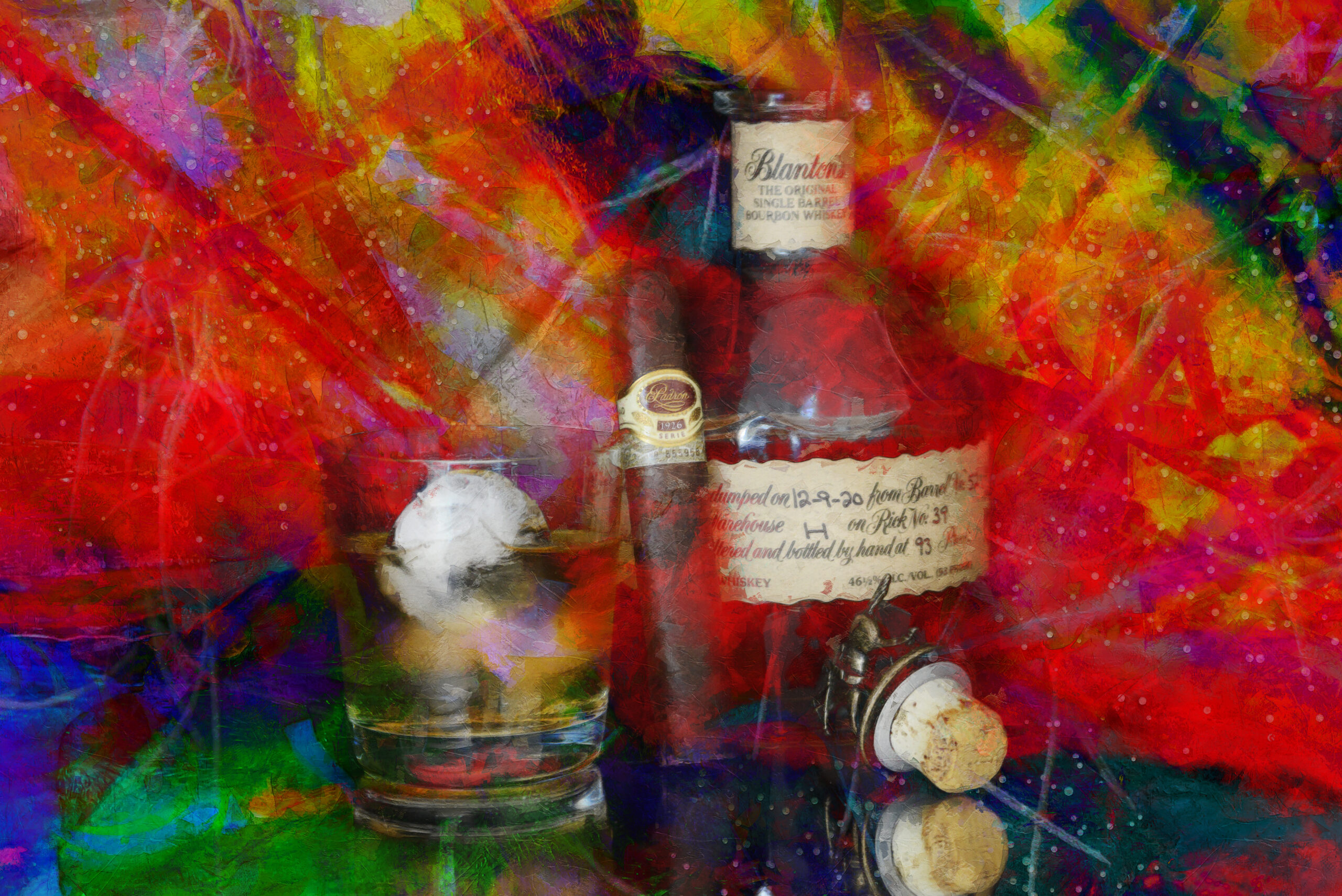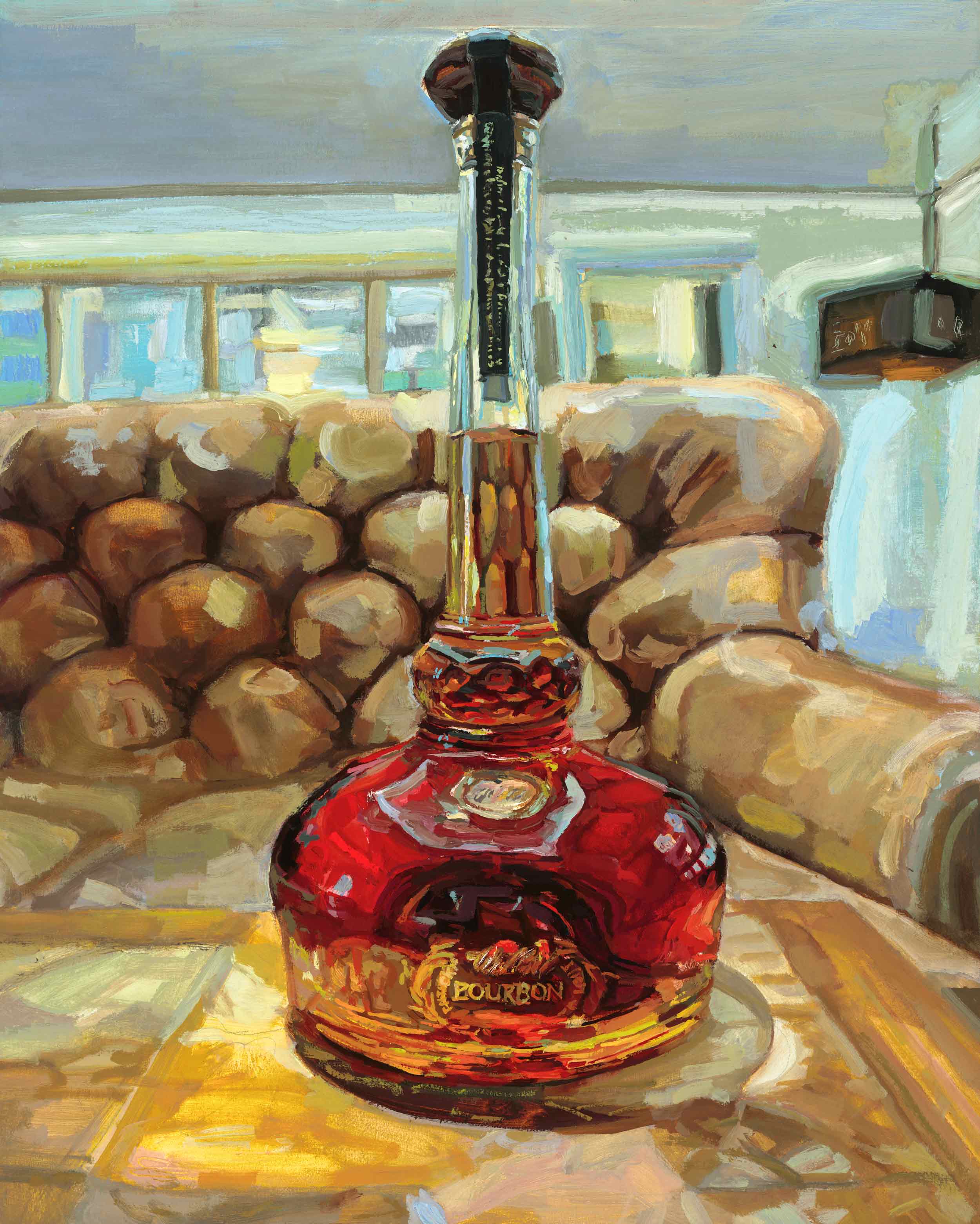Bourbon Art in Contemporary Culture: Where Tradition Meets Development
Bourbon Art in Contemporary Culture: Where Tradition Meets Development
Blog Article
The Significance of Whiskey Art in Celebrating Heritage and Craftsmanship in the Beverage Sector
The complex relationship in between scotch art and the celebration of heritage and workmanship within the beverage sector can not be overstated. Via attentively designed tags and containers, whiskey brand names encapsulate their historic roots and the artisanal abilities that define their production approaches.
The Historical Origins of Whiskey
At the heart of bourbon's appeal exists a rich tapestry of historic roots that trace back to old people. The beginnings of scotch can be connected to the distillation methods of the Sumerians and Babylonians around 2000 BCE, where early types of fermented grain drinks began to arise. However, it remained in the Middle Ages that the art of purification developed dramatically, particularly in Ireland and Scotland, bring about the creation of scotch as we recognize it today.
The term "whiskey" itself originates from the Gaelic word "uisce beatha," indicating "water of life." This expression underscores the cultural relevance of bourbon in Celtic societies, where it was typically related to routines, celebrations, and communal bonding. By the 15th century, distillation ended up being an identified craft within monastic neighborhoods, leading the means for the facility of lawful distilleries.
As profession routes expanded, whiskey's popularity expanded, transcending regional boundaries and recording the interest of lovers worldwide. Limited Edition. This historic journey mirrors not just the craftsmanship behind scotch manufacturing yet likewise its important role in social and cultural contexts, marking it as a substantial beverage throughout background
Artistic Expression in Branding
Whiskey branding stands as a compelling crossway of creativity and commerce, where visual identity plays an essential role in shaping consumer perception. The visual appeals of scotch labels, product packaging, and advertising materials show not only the brand name's story yet additionally its core worths and heritage. With artistic expression, distilleries share a narrative that resonates with consumers, stimulating emotions and sparking connections.
The use of shade, typography, and images in branding serves to differentiate items in a saturated market. Typical themes might evoke a feeling of authenticity and craftsmanship, while modern styles can signify advancement and forward-thinking. This tactical imaginative direction improves brand recognition and commitment, allowing consumers to build a personal partnership with the whiskey they select.
In addition, creative expression in branding usually functions as a party of regional heritage. Distilleries often incorporate neighborhood symbols or historical referrals right into their designs, producing a feeling of place that invites customers to engage in a broader cultural experience. Inevitably, the virtuosity behind whiskey branding not only improves aesthetic appeal but likewise improves the general story of the brand name, fostering a deeper gratitude for the workmanship and heritage ingrained in each container.
Workmanship in Bottle Design
The creativity noticeable in whiskey branding extends beyond visual identification to incorporate the workmanship entailed in container design. Each bottle serves as a vessel not just for the spirit within, yet additionally for the tale it outlines its top quality, beginning, and custom. The design process requires precise attention to detail, as elements such as material, shape, and closure add dramatically to the total understanding of the scotch.
Craftsmanship in bottle layout involves selecting high-quality glass that can boost the bourbon's shade and clearness, while also providing a responsive experience for the customer. The silhouette of the bottle must be both aesthetically enticing and practical, commonly showing the heritage of the brand. Several article distilleries go with unique forms or embossed logo designs that stimulate a sense of credibility and history.
Moreover, the tag design and typography play a crucial role in connecting the brand's narrative. Limited Edition. A well-crafted bottle not just mesmerizes the customer's eye however also enhances the brand's commitment to top quality and custom. This way, the workmanship of bottle style becomes a crucial aspect of the scotch experience, merging creativity with a profound respect for heritage
Cultural Significance of Scotch Art
Celebrating practice and workmanship, the cultural importance of bourbon art transcends plain aesthetics, intertwining with the social and historic stories of the areas where it originates. Each container acts as a canvas, showing the unique stories, mythology, and customs that have actually shaped neighborhood whiskey-making techniques. The intricate layouts often mirror the heritage of the distillers, including signs and themes that reverberate with the culture and values of their neighborhoods.

On top of that, whiskey art plays an essential role in public gatherings and events, acting as a concrete web link between individuals and their shared experiences. By valuing the creativity in bourbon packaging, consumers grow a much deeper understanding and respect for the craft, eventually enriching their pleasure of the drink itself.
Modern Trends in Whiskey Presentation
In recent times, the discussion of whiskey has advanced to reflect modern preferences and trends while still honoring standard workmanship - Bourbon Art. Distilleries are progressively concentrating on visual elements that improve the general alcohol consumption experience, connecting the space between heritage and modernity
Innovative container layouts have arised, typically including sustainable materials and creative labels that inform compelling stories. Many brands now work together with regional musicians, instilling their items with special visual expressions that resonate with customers. Furthermore, limited-edition releases are typically packaged in collectible containers, including value and charm for lovers.

Verdict
In final thought, scotch art serves as an important channel for expressing the heritage and craftsmanship inherent in the beverage industry. Via elaborate Check Out Your URL branding, innovative bottle designs, and culturally substantial imaginative components, scotch brands efficiently honor their practices and attach with customers.


Workmanship in bottle style includes choosing top quality glass that can boost the bourbon's shade and clarity, while likewise offering a tactile experience for the consumer. In this way, the craftsmanship of container style becomes a crucial element of the bourbon experience, combining virtuosity with a profound regard for weblink heritage.
In verdict, whiskey art offers as an essential conduit for expressing the heritage and craftsmanship intrinsic in the drink sector.
Report this page